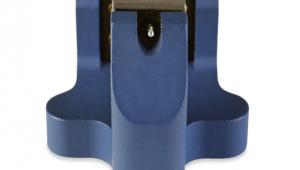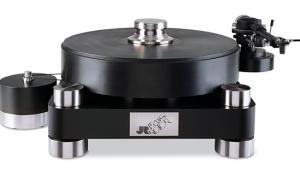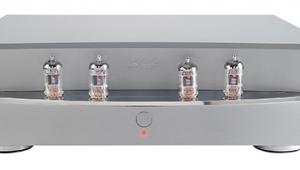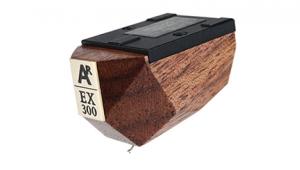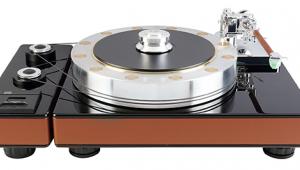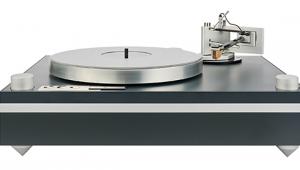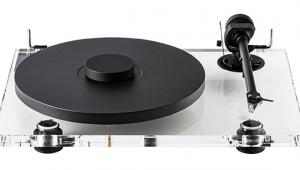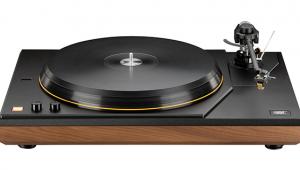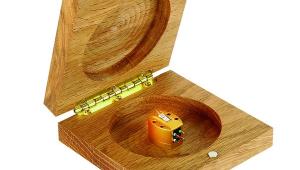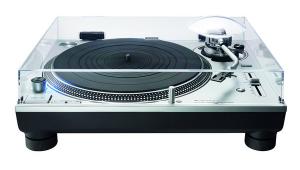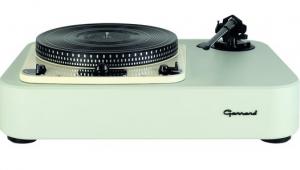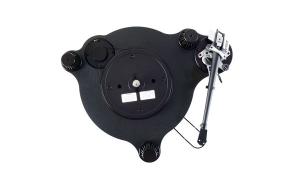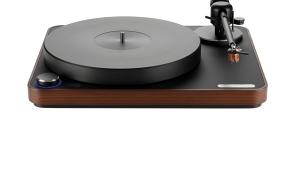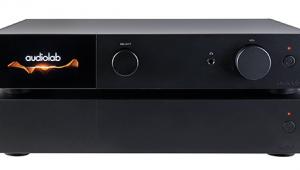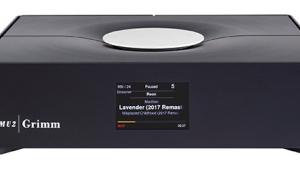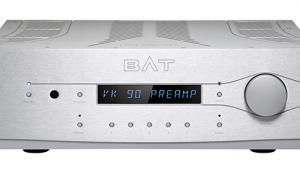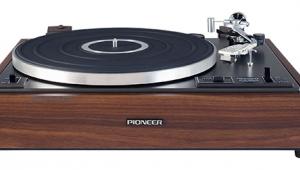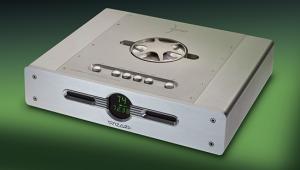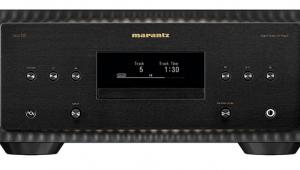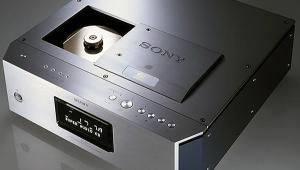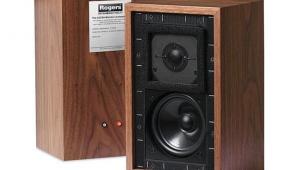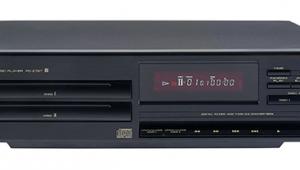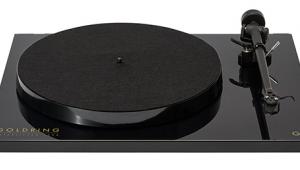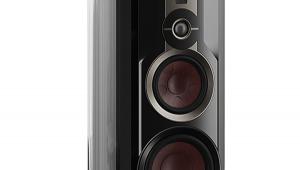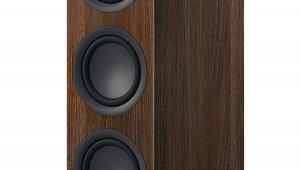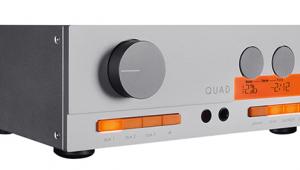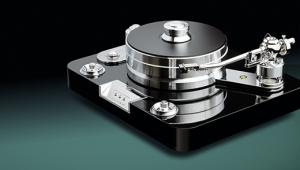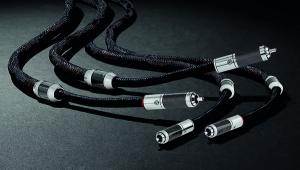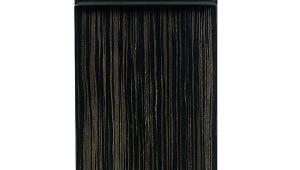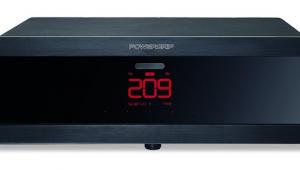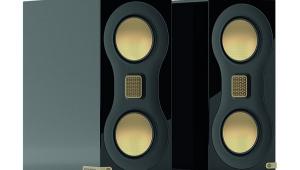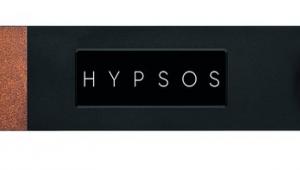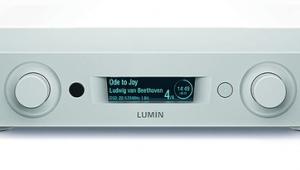Nagaoka MP-500 Cartridge Page 2
Interestingly, this pick-up's relaxed nature does not come at the expense of detail at the top end. It is easy to assume that the cartridge might be all soft and woolly with a 'nice tone', as my grandfather used to say, but this is not the case. A slight lift in output in the presence region seems also to improve its insight across the very polished-sounding treble, while the MP-500's superb tracking means there's never a hint of sibilance or spit. In fact, I'd argue this pick-up offers a particularly sympathetic rendering of vocal sibilants, and up with the very best this side of a four-figure price tag.
Primary Focus
That said, it's worth being aware that the MP-500 doesn't quite have the ultimate high treble 'bite' of the best cartridges at the price. The first part of 'Sea Within A Sea', from The Horrors' Primary Colours album [XL Recordings XLLP 418], features a prominent and strongly struck
hi-hat throughout, interspersed with regular cymbal strikes. This percussion rang out well but the notes decayed a little more quickly than I would have expected, just as that hi-hat lacked the last glimmer of its customary metallic sheen.

Generally, however, instrumental and vocal detail is delivered with panache by the MP-500. Sara K's voice on 'The Painter', from her Water Falls LP [Stockfisch Records SFR 357.8025.1-1/2] resounded strongly and cleanly between my loudspeakers with a real sense of passion and emotion. The strings of Chris Jones' acoustic guitar were precise in attack and largely realistic in timbre, just as the fretless bass underpinning the track sounded sinuous and well-rounded.
Geddy Up!
The MP-500's weighty bass performance is its strongest asset. Basslines like that from the title track of Donald Fagen's Morph The Cat [Reprise Records 9362-49975-1] were tuneful, confident and always accompanied by a subtle sense of warmth and fine timing. That said, if there's nothing to 'report', then Nagaoka's MP-500 doesn't attempt to editorialise.
By way of example, Rush's Hold Your Fire [Vertigo Records VERH 47] is a rather flat '80s digital recording that the MP-500 refused to embellish with extra fruitiness. Geddy Lee's bassline on 'Mission' was taut and well-defined but there was no disguising the lacklustre mix – the MP-500 added no pizazz.
Neither will this cartridge inject space or ambience where none exists. Even when fitted to my Michell Gyro SE, my longterm champion for broad stereo imagery, the soundstage generated by the MP-500 refused to edge past the physical limits of my loudspeakers. With this Rush album at least, the overall performance proved a little constrained and 'small' sounding.
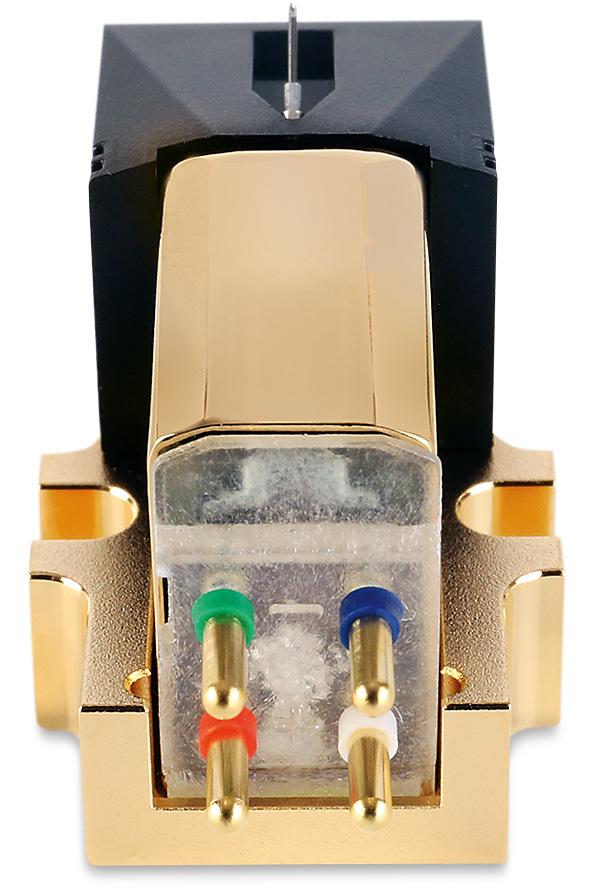
It's fair to say that the MP-500 does not flatter poorer recordings and is not a pick-up to make every LP sound similarly mellifluous, its fine handling of sibilants notwithstanding. However, give it something better to work with, and the sound can really open up, front to back. The distant bell that tolls during the introduction to the title track from the Eagles' Long Road Out Of Eden [Universal 0602517546950] has seldom seemed so far in the distance, and yet maintained a truly impressive sense of bass weight to its notes, even at moderate volume.
As a result of this ability, when the recording was good, the MP-500 was more than capable of ordering any number of performers with striking accuracy. Each was given his or her own space within the soundstage, the musical 'action' segueing seamlessly between them.
Piano Pleasure
More often than not, its evocation of instrumental textures and timbres is both rich and palpable. The piano on the Neil Cowley Trio's 'Skies Are Rare' from their album The Face Of Mount Molehill [Naim Jazz NAIMLP182] could have been the 'real thing' neatly tucked between my loudspeakers. Every key strike was vivid, precise and lifelike, while the backing bass was rich, solid and deeply resonant. As I said earlier, this is a proper smoothie...
Hi-Fi News Verdict
Embedded in the hi-fi firmament for decades, Nagaoka's MP-500 treads its own, very distinctive groove. Rather than attempting to barrage the listener with crashing detail and soaring treble, it retains a relaxed and somewhat mellow stance without losing rhythmic impact or musical insight. It remains both a superlative tracker and an enjoyable, if not positively alluring, vinyl companion.
